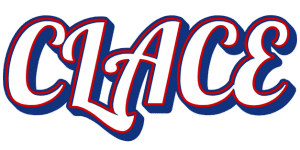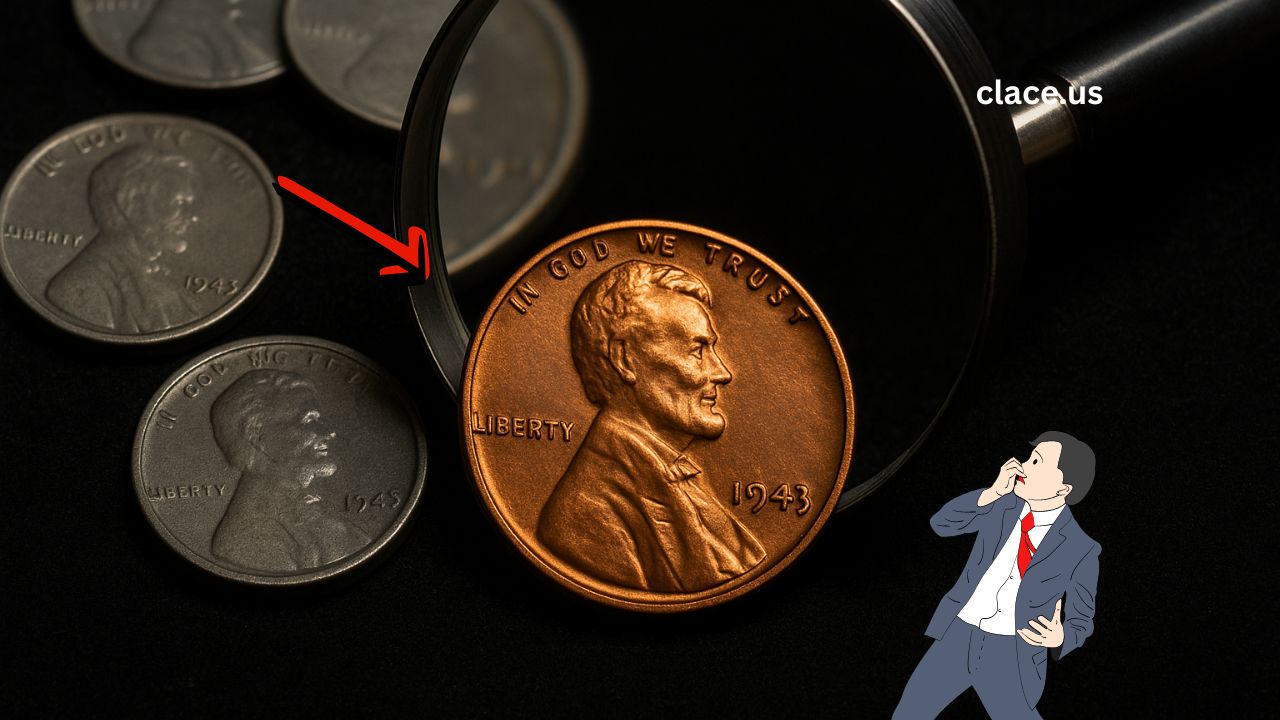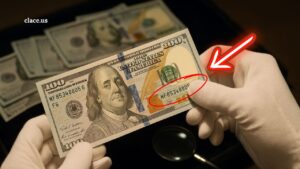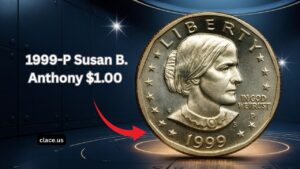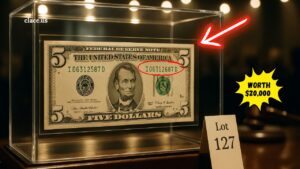The 1943 Lincoln Wheat Penny Valued At $505K – How to Spot One
Imagine sifting through your loose change and uncovering a penny worth over half a million dollars. This astonishing reality happened when a 1943 bronze Lincoln Wheat Penny, mistakenly struck on copper rather than steel, fetched around $504,000 at auction.
Learn how to spot this ultra‑rare error coin before it slips through your fingers.
Why the 1943 Bronze Penny Is So Valuable
During World War II, copper and bronze were critically needed for the war effort, so the U.S. Mint shifted to zinc‑coated steel for pennies.
However, a handful of leftover bronze planchets from 1942 accidentally got used in 1943, creating the legendary 1943‑Bronze Lincoln Wheat Penny—one of the rarest and most sought‑after coins in American numismatics .
Estimates suggest only about 6 bronze pennies from the San Francisco mint (1943‑S) have been verified, with a few additional examples from Denver and Philadelphia—only around 10–15 total known specimens .
Auction Records & Rarity Highlights
| Year / Variant | Mint Mark | Known Estimate | Notable Price (Approx.) |
|---|---|---|---|
| 1943‑S Bronze (MS63) | S | ~6 known | $504,000 |
| 1943‑D Bronze | D | 1 known | $1.7 million |
| 1943‑P Bronze (Philadelphia) | None | Several | $372,000 |
| Additional Bronze Specimens | P, D, S | ~10–15 total | Varied |
- The finest 1943‑S bronze penny (graded MS63 Brown) brought in about $504,000 at auction .
- A single 1943‑D bronze penny sold for approximately $1.7 million—the top‑priced Lincoln cent ever recorded .
- A Philadelphia‑mint bronze example fetched around $372,000 .
How to Spot a Genuine 1943 Bronze Penny
If you suspect you’ve found one, here’s how to tell whether you’re holding a $1 or a potential fortune:
1. Magnet Test
- Steel pennies stick to a magnet; genuine bronze ones do not .
2. Weight Check
- A genuine bronze cent weighs approximately 3.11 g, while steel ones weigh about 2.702 g.
3. Color & Strike Quality
- Bronze shows a reddish‑brown hue, in contrast to the silver‑gray of steel.
- Authentic bronze examples have exceptionally sharp details due to being struck with the same dies and pressure as steel cents .
4. Mint Mark and Authenticity
- Look below the date for mint marks (“S” or “D”); Philadelphia coins have no mint mark.
- Beware of altered or plated counterfeits—magnetism, weight, and fine details are key tests; but professional grading by PCGS or NGC offers definitive authentication .
The 1943 bronze Lincoln Wheat Penny remains one of the most thrilling coin-collecting legends—worth anywhere from hundreds of thousands to over a million dollars when authenticated.
If your pocket change includes a 1943 penny that doesn’t stick to a magnet, weighs around 3.11 g, and shows reddish copper color, you might just be holding a treasure.
Handle it carefully, get it graded professionally, and you could be closer than you think to uncovering a numismatic jackpot.
FAQs
Estimates vary, but generally about 10–15 total examples are known: roughly 6 from San Francisco, plus a few from Denver and Philadelphia mints
